Piyush Goyal: Electric vehicles (EVs) are transforming the global transportation landscape, and India is no exception. Commerce and Industry Minister Piyush Goyal recently emphasized that there is no need for additional subsidies to further boost the EV industry. Speaking at a media briefing, Goyal assured that the existing subsidies and support mechanisms are sufficient to sustain the sector’s growth.
“Electric mobility is ready to thrive. There’s no need for additional incentives or subsidies. The current support measures will continue and will help accelerate the growth of the EV sector,” Goyal stated.
This declaration underscores the government’s confidence in the EV ecosystem’s self-sufficiency as costs of batteries decline and adoption rates rise. Below, we delve deeper into the government’s policies, the industry’s progress, and what the future holds for electric mobility in India.
India’s Current Subsidy Framework for EVs
India has undertaken several initiatives to foster EV adoption, focusing on making the transition from traditional internal combustion engine (ICE) vehicles to EVs economically viable for both consumers and manufacturers.
The PM E-Drive Initiative, with a financial outlay of ₹10,900 crores, currently provides demand-side incentives for EVs, including two-wheelers, buses, and ambulances. This initiative succeeded earlier programs such as the FAME (Faster Adoption and Manufacturing of Hybrid and Electric Vehicles) scheme and the EMPS (Electric Mobility Promotion Scheme).
Features of the PM E-Drive Initiative:
- Demand incentives for a wide range of vehicles.
- Focus on making EVs affordable for the masses.
- Encouragement for battery-swapping technology and charging infrastructure.
Government’s Transition from Subsidies to Self-Sustainability
The Indian government has gradually reduced subsidy allocations, indicating its belief in the sector’s ability to sustain itself. The focus has shifted from offering blanket subsidies to targeted support, such as the Production-Linked Incentive (PLI) Scheme. This initiative is aimed at encouraging domestic manufacturing of advanced automotive technologies and attracting large-scale investments.
Why Are Subsidies Being Reduced?
- Declining Costs of EV Components:
- Lithium-ion battery prices have dropped significantly over the past decade.
- Reduced costs make EVs more competitive compared to ICE vehicles.
- Increased Consumer Awareness:
- EV ownership benefits, such as lower maintenance and running costs, are becoming widely recognized.
- Maturity of the Industry:
- Leading EV manufacturers have scaled up production, reducing per-unit costs.
- Global Push for Sustainability:
- International developments in the EV sector encourage domestic growth without heavy reliance on subsidies.
Impact of the Current Policies
The existing support measures have already catalyzed significant growth in the EV market. For example:
- Growth in Electric Two- and Three-Wheelers:
These segments have witnessed exponential growth due to affordability and low operational costs. - Expansion of Charging Infrastructure:
With government support, public and private players are investing heavily in building charging stations. - Boost in Domestic Manufacturing:
The PLI scheme has attracted investments from global players, strengthening India’s position as a hub for EV manufacturing.
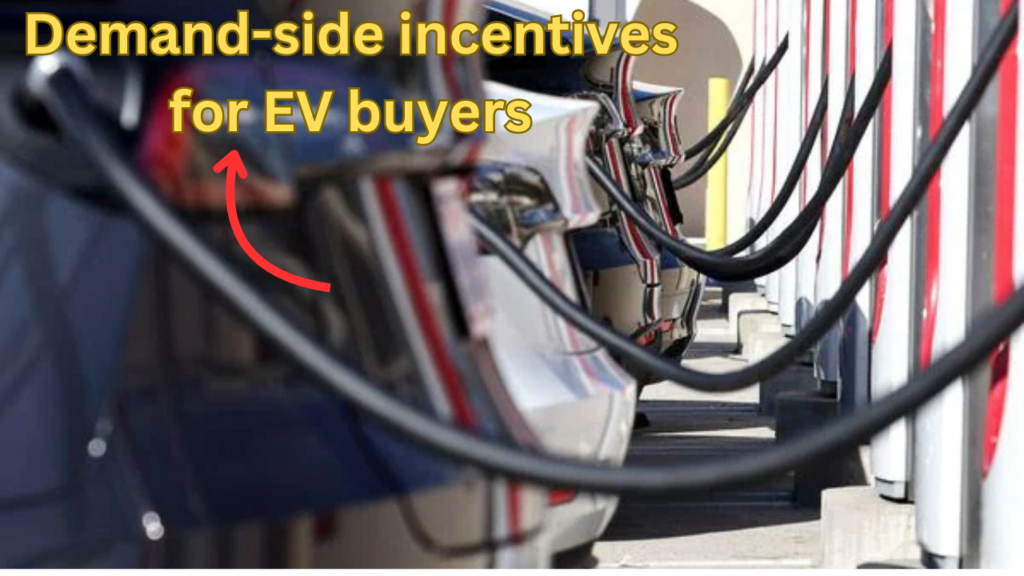
Industry Insights: Optimism About a Subsidy-Free Future
During the briefing, Goyal highlighted that representatives from the EV manufacturing industry share the government’s optimism. Senior officials from major EV companies, such as Mahindra and Tata Motors, believe that the sector will no longer require subsidies after 2025-26.
Anish Shah, CEO of Mahindra Group, echoed this sentiment, stating that the electric three-wheeler industry will achieve self-reliance by 2025-26 due to economies of scale.
Electric Car Sales: Hit Record High in 2024 but Fall Short of Government Targets
Challenges in the EV Sector
While the EV industry is growing rapidly, it still faces challenges that need to be addressed for sustained growth:
- Battery Manufacturing Dependence:
- India imports a significant portion of its lithium-ion batteries, making it vulnerable to global supply chain disruptions.
- The government is working on incentives to promote domestic battery manufacturing.
- Charging Infrastructure Gaps:
- Although progress has been made, rural areas still lack adequate charging facilities.
- Consumer Skepticism:
- Concerns over battery life, range anxiety, and resale value persist among potential buyers.
- High Initial Costs:
- While operational costs are low, the upfront cost of EVs remains a barrier for many consumers.
Future Roadmap: Building a Strong EV Ecosystem
The government and industry stakeholders are actively working to overcome these challenges. The focus areas include:
- Battery Swapping Technology:
Battery swapping reduces charging times and eliminates the need for a dedicated charging setup. It is especially beneficial for commercial fleets. - Expansion of Charging Stations:
Public-private partnerships are being encouraged to establish charging stations across urban and rural areas. - Promoting Domestic Battery Manufacturing:
Incentives under the PLI scheme aim to reduce India’s dependence on imports. - Raising Consumer Awareness:
Government campaigns and industry initiatives aim to educate consumers about the benefits of EV ownership.
Advantages of EV Adoption
The transition to electric mobility offers numerous advantages, including:
- Environmental Benefits:
EVs produce zero tailpipe emissions, contributing to cleaner air and reduced greenhouse gas emissions. - Economic Savings:
- Lower fuel and maintenance costs make EVs more economical in the long run.
- Reduced dependency on imported oil helps improve India’s trade balance.
- Energy Independence:
Promoting renewable energy sources for EV charging reduces reliance on fossil fuels. - Job Creation:
The growth of the EV industry generates employment opportunities in manufacturing, R&D, and infrastructure development. - For further insights, visit NITI Aayog’s Electric Mobility Program or explore the Production-Linked Incentive Scheme.
Government Initiatives to Support EV Growth
The government has launched several initiatives to strengthen the EV ecosystem. Below is an overview of key programs:
| Initiative | Objective | Impact |
|---|---|---|
| PM E-Drive Initiative | Demand-side incentives for EV buyers | Makes EVs affordable for consumers. |
| Production-Linked Incentive (PLI) | Encourage domestic manufacturing of advanced automotive technologies | Attracts investments and boosts local production. |
| Faster Adoption of EVs | Focus on charging infrastructure and battery swapping technology | Addresses range anxiety and encourages adoption. |
| State-Level Policies | Individual states offer additional incentives for EV buyers | Increases adoption at the local level. |
Players in the Indian EV Market
Several companies are leading India’s EV revolution, including:
- Tata Motors:
- Offers a range of electric passenger vehicles.
- Focused on expanding charging infrastructure through partnerships.
- Mahindra Electric:
- Pioneer in electric three-wheelers and small commercial vehicles.
- Ola Electric:
- A dominant player in the electric two-wheeler segment.
- Hero Electric:
- Among the largest manufacturers of electric scooters in India.
- BYD India:
- Focused on electric buses and luxury EVs.
International Comparisons: Lessons for India
India can draw inspiration from global leaders in the EV sector, such as Norway and China:
- Norway:
- Nearly 80% of new vehicles sold are electric.
- Strong government incentives and robust infrastructure have driven adoption.
- China:
- Home to some of the largest EV manufacturers in the world.
- Focus on domestic battery production has reduced costs significantly.
Piyush Goyal: Conclusion
India’s EV sector is on the brink of a transformative journey. The government’s decision to phase out subsidies reflects its confidence in the industry’s ability to sustain itself. With the declining cost of EV components, improved charging infrastructure, and growing consumer awareness, electric mobility is set to thrive.
By addressing the remaining challenges and focusing on long-term strategies, India can establish itself as a global leader in the EV market. As the country transitions toward a greener and more sustainable future, the role of EVs will be pivotal in achieving environmental and economic goals.
Piyush Goyal: FAQs
1. What are the key benefits of EVs over traditional vehicles?
EVs offer lower operating costs, reduced emissions, and energy independence, making them a more sustainable choice.
2. Will subsidies for EVs continue in India?
Current subsidies under the PM E-Drive initiative will continue, but they are expected to phase out by 2026-27.
3. What is the PLI scheme for EVs?
The Production-Linked Incentive (PLI) scheme encourages domestic manufacturing of EV components and advanced technologies.
4. What are the challenges of EV adoption in India?
Key challenges include limited charging infrastructure, high upfront costs, and battery manufacturing dependence.
5. How is the government promoting EV infrastructure?
Initiatives include battery swapping technology, public-private partnerships for charging stations, and incentives for infrastructure development.

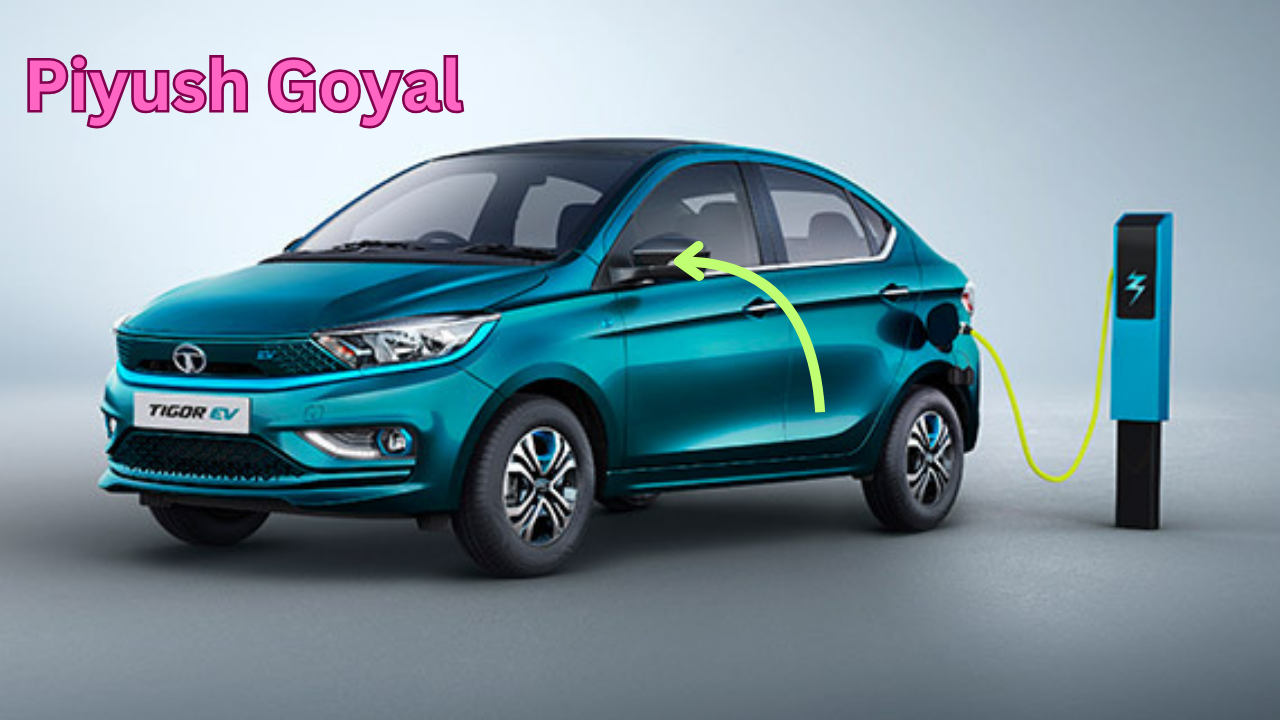

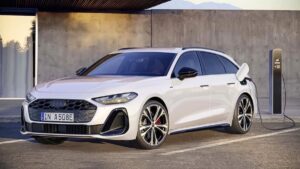


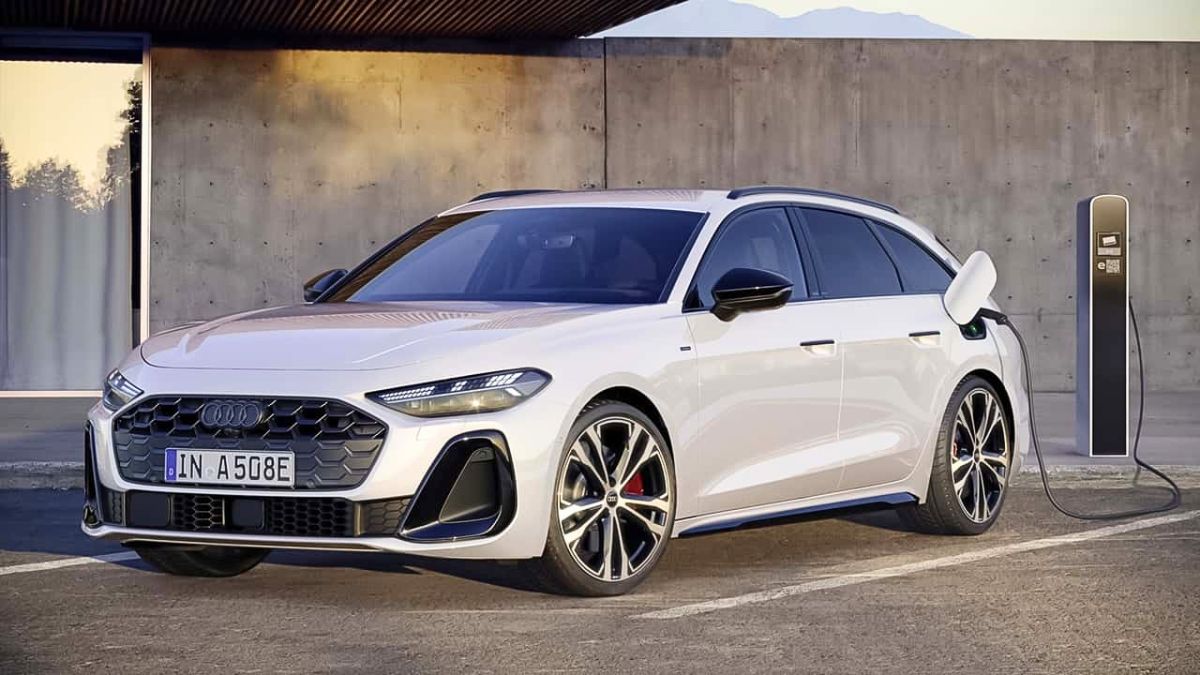

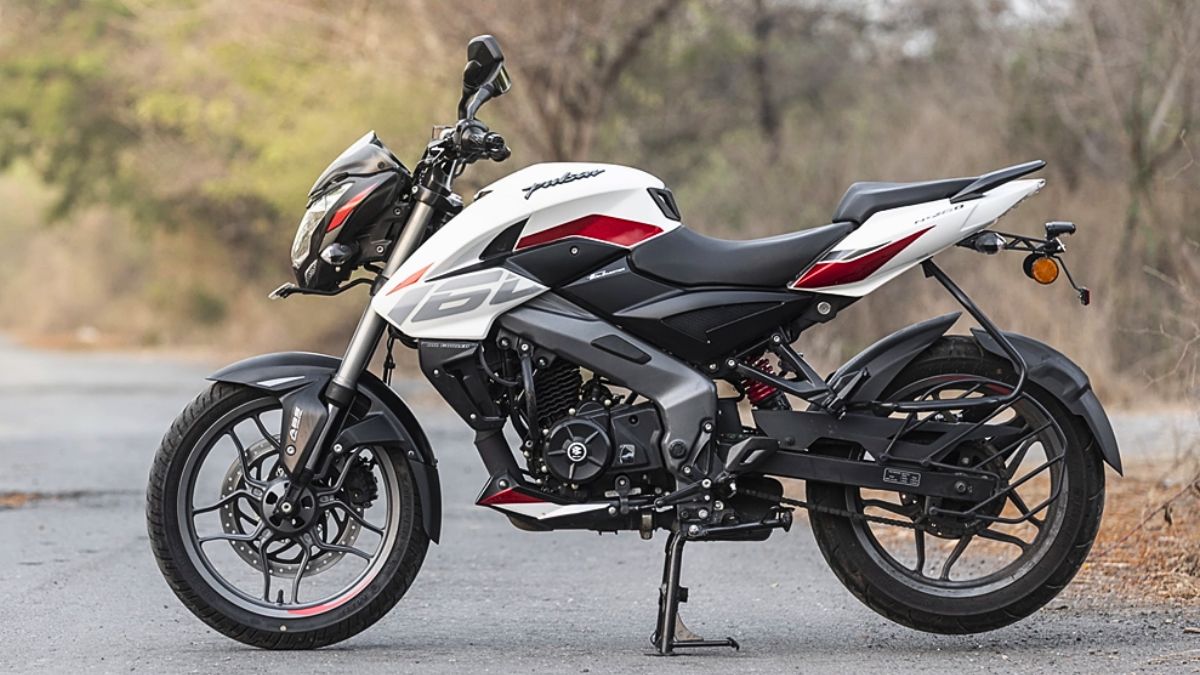
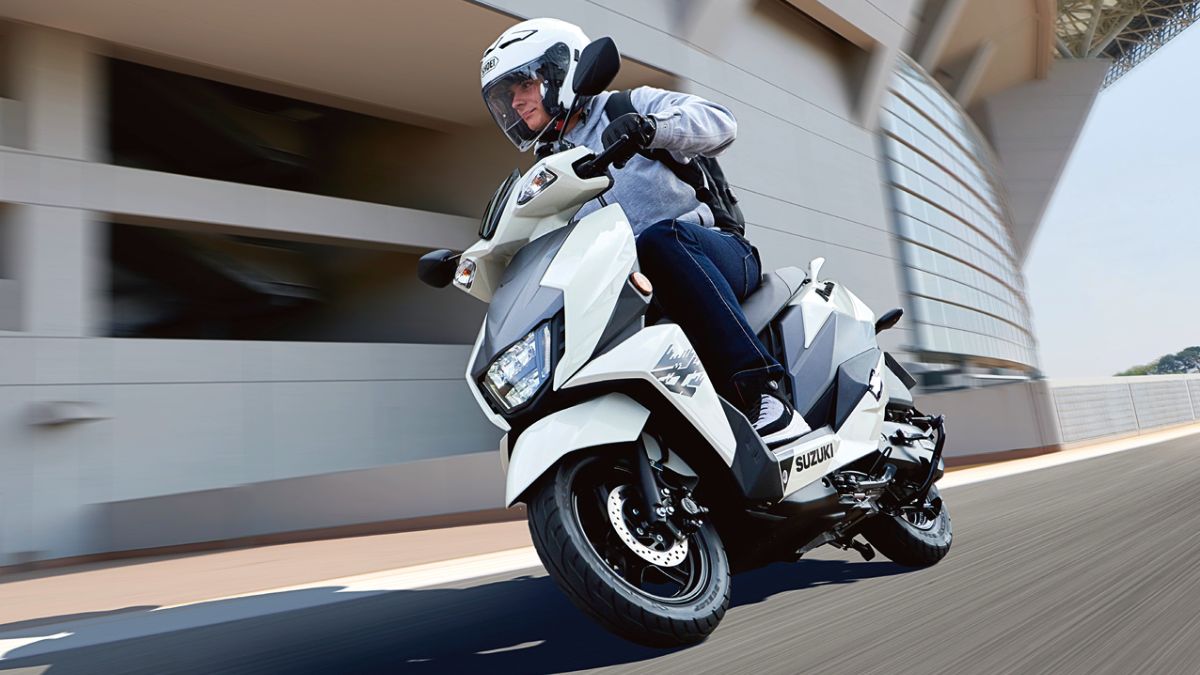

1 thought on “Piyush Goyal: No Need for Additional Subsidies for Electric Vehicles 2025”